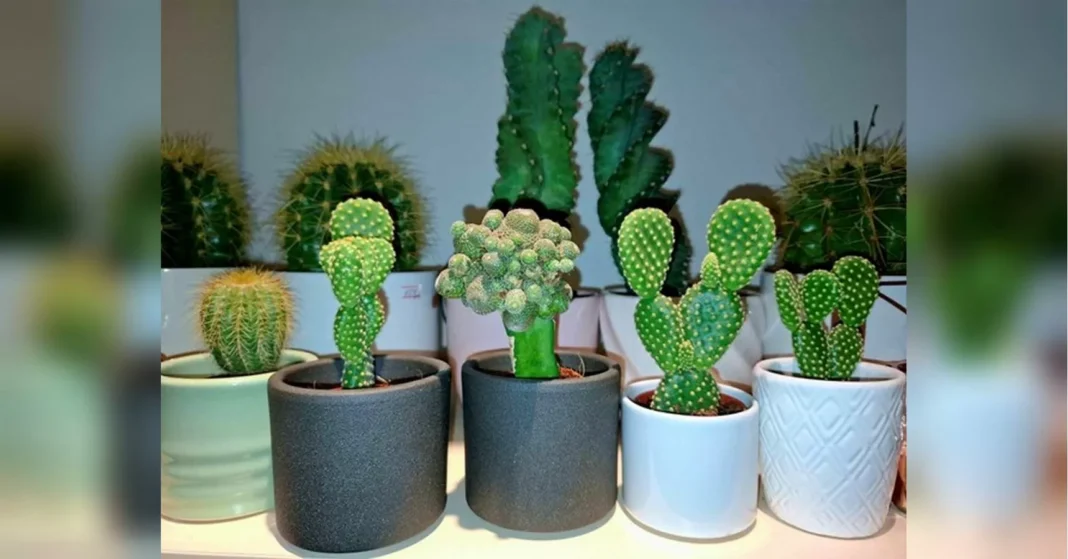Today, collections of plants in the home are just as popular as collections of works of art. In recent years, the trend of indoor gardening has taken the world by storm, with people of all ages and backgrounds embracing the beauty and benefits of having plants in their homes. From succulents and cacti to tropical plants and herbs, there is a wide variety of plants that can be collected and displayed in the home. So why has collecting plants become such a popular trend? Let’s explore the reasons behind this growing phenomenon.
First and foremost, collecting plants allows individuals to bring a piece of nature into their homes. In today’s fast-paced and technology-driven world, people are often disconnected from the natural world. Having plants in the home not only adds a touch of greenery and beauty, but also helps to create a sense of calm and tranquility. Studies have shown that being around plants can reduce stress and anxiety, improve mood, and even boost productivity. This is especially beneficial for those living in urban areas where access to green spaces may be limited.
Moreover, collecting plants is a great way to express one’s creativity and personal style. Just like how people curate their art collections, individuals can also curate their plant collections to reflect their unique tastes and preferences. Some may prefer a minimalist approach with a few carefully selected plants, while others may opt for a more eclectic mix of plants in various shapes, sizes, and colors. The possibilities are endless, and each collection is a reflection of the collector’s personality and creativity.
In addition to the aesthetic appeal, collecting plants also has practical benefits. Many plants have air-purifying qualities, which can help to improve indoor air quality. They also release oxygen and absorb carbon dioxide, making them natural air purifiers. This is particularly beneficial for those living in cities with high levels of air pollution. Furthermore, some plants have medicinal properties and can be used for natural remedies. For example, aloe vera is known for its healing properties and can be used to treat burns and skin irritations.
Another reason for the popularity of plant collections is the growing interest in sustainable living. With the increasing awareness of the environmental impact of human activities, people are looking for ways to reduce their carbon footprint and live more sustainably. Having plants in the home is a simple and effective way to do so. They require minimal resources and can be grown without the use of harmful chemicals. Additionally, growing your own herbs and vegetables at home not only reduces the need to buy them from the store, but also ensures that they are free from pesticides and other chemicals.
Furthermore, collecting plants can also be a social activity. In recent years, there has been a rise in plant swap events and online communities where plant enthusiasts can share tips, advice, and even trade plants with each other. This allows individuals to connect with like-minded people and learn from one another, creating a sense of community and camaraderie.
Lastly, collecting plants can also be a form of self-care. In today’s busy world, people often neglect their own well-being. However, taking care of plants can be a therapeutic and rewarding experience. It requires patience, nurturing, and attention, which can help individuals to slow down and be more mindful. This can be especially beneficial for those struggling with mental health issues, as caring for plants can provide a sense of purpose and accomplishment.
In conclusion, the popularity of collecting plants in the home is a result of various factors, including the desire to bring nature indoors, express creativity and personal style, and embrace sustainable living. With the numerous benefits of having plants in the home, it’s no wonder that this trend has become so widespread. So, whether you’re a seasoned plant collector or just starting out, there’s no denying the joy and satisfaction that comes with having a collection of plants in your home.

